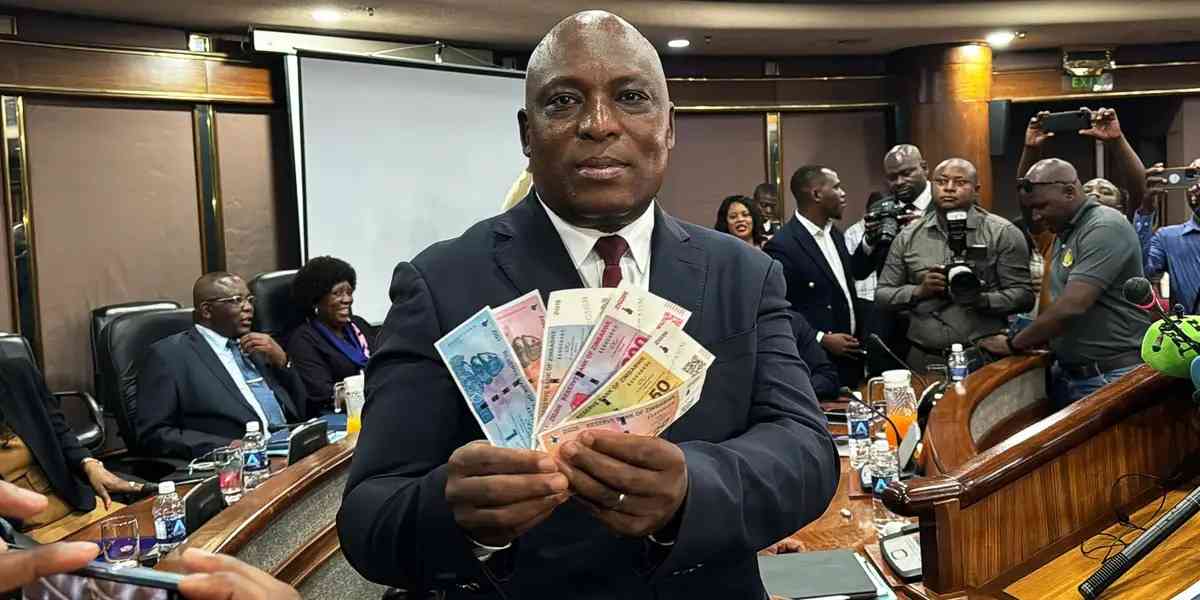
According to the African Economic report 2016, Africa attracted an estimated $208,3 billion of external finance — foreign investment, trade, aid, remittances and other sources in 2015, the figure was 1,8% lower than the previous year. Falling commodity prices, particularly for oil and metals, were one of the key causes for the 2015 fall.
BY KUDZAI GOREMUSANDU

The total sum was projected to rise again to $226,5 billion in 2016. Portfolio equity and commercial bank credit flows dried up, reflecting tightening global liquidity and a market sentiment wary of risks. Rising remittances and increased official development assistance largely kept the figure up. African governments have to stabilise financial inflows in the short term and use them for sustained economic diversification for the longer term.
Flows of finance into Africa — foreign direct investment, portfolio equity and bonds, commercial bank, bilateral and multilateral bank credit, official development assistance and public domestic revenues — have remained broadly stable despite weak conditions in other parts of the world. Foreign Direct Investment (FDI) into Africa grew steadily from 2007 to 2013. In 2014, however, FDI fell back to $49,4 billion, but increased to $57,5 billion in 2015, according to International Monetary Fund (IMF) report 2015 estimates. Africa has attracted investment from industrialised countries such as France, the United Kingdom and the United States and emerging economies such as China, India, South Africa, and United Arab Emirates. Investment is still mainly directed at resource-rich countries, but non-resource-rich countries are becoming more attractive. The extractive sector, infrastructure and consumer-oriented industries are the main draws for investment.
Africa’s pattern in foreign direct investment (FDI) inflows
While the European Union countries and the United States remain the largest investors in Africa, the emerging economies are a vital source too. Foreign investment into Africa increased by 16% from to $57,5 billion in 2015, according to IMF figures. Flows to North Africa reversed a downward trend, as investment increased by 20% from $17,2 billion in 2014 to $20,7 billion in 2015. East Africa has seen higher FDI since 2010. In 2015, the figure rose 16% to $8,9 billion in 2015 from $7,7 billion the previous year. For West Africa investment rose from $9,3 billion to $9,7 billion.
Central Africa saw a decline from $6,6 billion in 2014 to $5,4 billion. Southern Africa received $12,9 billion of FDI in 2015 against $8,7 billion in 2014, and $11,4 billion in 2013.
The leading African investment destinations in 2015 were: Egypt ($10,2 billion), Mozambique ($4,7 billion), Morocco ($4,2 billion), South Africa ($3,6 billion), Ghana ($2,5 billion), the Democratic Republic of the Congo ($2,5 billion), Zambia ($2,4 billion), Tanzania ($2,3 billion), Ethiopia ($2,1 billion), Guinea ($1,9 billion), and Kenya ($1,9 billion).
- Chamisa under fire over US$120K donation
- Mavhunga puts DeMbare into Chibuku quarterfinals
- Pension funds bet on Cabora Bassa oilfields
- Councils defy govt fire tender directive
Keep Reading
Without Egypt, investment to North Africa would have dropped. FDI to Egypt increased from $5,5 billion in 2014 to $10,2 billion in 2015. United Arab Emirates investors have played an important role in Egypt’s recovery. Flows into Morocco fell to $4,2 billion in 2015 from $4,7 billion in 2014. But Morocco became the third largest recipient of foreign investment in Africa in 2015.
Potential growth areas of foreign direct investment (FDI) in africa
Consumer-oriented sectors in Africa attract growing foreign investment
Resource-rich countries still get the most foreign investment, but countries with no major commodities to rely on are taking a larger share of FDI. Countries that are not resource-rich received an estimated 37% of Africa’s FDI in 2015, compared to 30% in 2010. Several countries without significant resources are attracting investors, including Kenya, Tanzania and Uganda, reflecting the shift towards consumer goods. Kenya is becoming an East African business hub for manufacturing, transport, services and information and communications technology (ICT). Investment is starting to diversify into consumer-market oriented industries, including ICT, retail, food and financial services. African cities are future hubs of investment
With urbanisation, African cities are growing consumer markets increasingly targeted by foreign investors.
Disposable income and spending power in Africa’s major cities will grow according to Oxford Economics, 2015, Future Trends and Market Opportunities in the World’s Largest 750 Cities. Forecasts show that the gross domestic product of major cities is increasing. The most important ones will be Cairo, Cape Town, Johannesburg, Lagos and Luanda. This ranking reflects the quality of the business climate, infrastructure and logistics, and availability of skilled workers.
A recent surge in infrastructure investment indicates that states are investing in transport corridors to connect urban agglomerations and transform them into urban clusters. Examples include the Greater Ibadan-Lagos-Accra urban corridor, the Maputo Development Corridor, and the Northern Corridor between East and Central Africa. These investments will surge with deeper market integration through reduced transport and trade costs. They will also foster competition and productivity, which will make African hubs more attractive for foreign investors.
Kudzai Goremusandu is a strategic, innovative, dynamic, goal getter, enterprising management and financial consultant. He is the founder of Africa Leadership Insights Institute. Kudzai holds an award for effective media communication from the University of Zimbabwe. Kudzai is based in Harare, Zimbabwe. He can be contacted at [email protected]











